Explore the latest updates and essential steps for international students applying for Canada’s Student Direct Stream in 2024. From eligibility criteria to required documents, embark on your educational journey with confidence.
Canada has long been a top destination for international students seeking quality education and a vibrant multicultural experience. In 2024, with its progressive policies and renowned institutions, Canada continues to attract students from around the globe. Among the various pathways available for studying in Canada, the Student Direct Stream (SDS) stands out for its efficiency and streamlined process. This guide aims to provide an updated overview of the SDS program, ensuring that aspiring students are well-equipped to navigate the application process smoothly.
Submit the Assessment Form to Discover your Eligibility
Understanding the Student Direct Stream (SDS)
The Student Direct Stream is a program designed to expedite the processing of study permit applications for international students from select countries. Introduced in 2018, the SDS aims to provide faster processing times, typically within 20 calendar days, for eligible applicants. This streamlined process is particularly beneficial for students planning to study at designated learning institutions (DLIs) in Canada.
Key Eligibility Criteria
To qualify for the Student Direct Stream, applicants must meet certain criteria, including:
- Country of Residence: The SDS is available to residents of specific countries, including China, India, the Philippines, Vietnam, Pakistan, Morocco, and Senegal. Applicants must be residing in one of these countries at the time of application.
- Acceptance into a Designated Learning Institution (DLI): Prospective students must secure admission to a participating DLI in Canada before applying for the SDS.
- Language Proficiency: Demonstrating proficiency in either English or French is essential. Applicants may need to provide evidence of language proficiency through standardized tests such as IELTS, CELPIP, or TEF.
- Financial Documentation: Proof of funds to cover tuition fees, living expenses, and return transportation is required. This ensures that applicants can support themselves financially throughout their studies in Canada.
- Medical Examination: Some applicants may need to undergo a medical examination as part of the application process. This requirement helps ensure that students meet Canada’s health standards.
Required Documents
Preparing the necessary documents is a crucial step in the SDS application process. Essential documents include:
- Letter of Acceptance: A valid letter of acceptance from a designated learning institution in Canada is mandatory.
- Proof of Funds: Evidence of sufficient funds to cover tuition fees, living expenses, and return transportation.
- Language Test Results: Official language proficiency test scores, such as IELTS, CELPIP, or TEF, must be submitted.
- Passport: A valid passport is required for the application process.
- Medical Examination Results: Depending on the applicant’s country of residence and specific circumstances, a medical examination report may be necessary.
- Police Clearance Certificate: Some applicants may need to provide a police clearance certificate to demonstrate good conduct.
Application Process
The application process for the Student Direct Stream involves several steps:
- Gather Required Documents: Collect all necessary documents as per the SDS requirements.
- Create an Online Account: Applicants need to create an online account on the Immigration, Refugees, and Citizenship Canada (IRCC) website to start the application process.
- Complete the Application Form: Fill out the study permit application form accurately, providing all required information.
- Pay the Application Fee: Pay the applicable processing fee for the study permit application.
- Submit the Application: Upload the completed application form and supporting documents through the online portal.
- Biometrics Appointment (if applicable): Some applicants may need to schedule a biometrics appointment at a designated location.
- Wait for Processing: Once the application is submitted, wait for a decision from IRCC. The processing time for SDS applications is typically faster compared to regular study permit applications.
Benefits of the Student Direct Stream
Opting for the Student Direct Stream offers several advantages:
- Faster Processing Times: SDS applications are processed more quickly, allowing students to receive their study permits in a timely manner.
- Predictable Application Process: The SDS follows a standardized and streamlined process, providing clarity and predictability for applicants.
- Enhanced Student Experience: By minimizing processing times, the SDS enables students to focus on their academic pursuits and transition smoothly to life in Canada.
- Access to Quality Education: Canada is home to world-class educational institutions, and the SDS facilitates access to these institutions for international students.
Book an Appointment with Sahil for any Immigration related Queries
Conclusion
For international students aspiring to study in Canada, the Student Direct Stream offers a fast-track pathway to realizing their educational goals. By understanding the eligibility criteria, gathering the required documents, and following the application process diligently, students can embark on their Canadian educational journey with confidence. With its efficient processing times and commitment to excellence, the SDS continues to be a preferred choice for students seeking an enriching academic experience in Canada.


